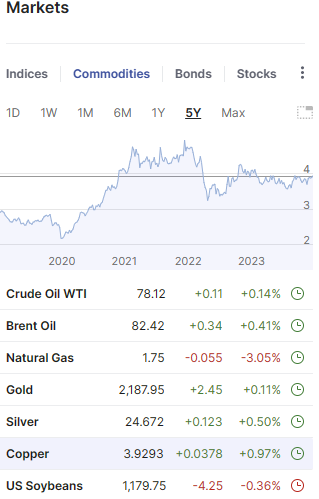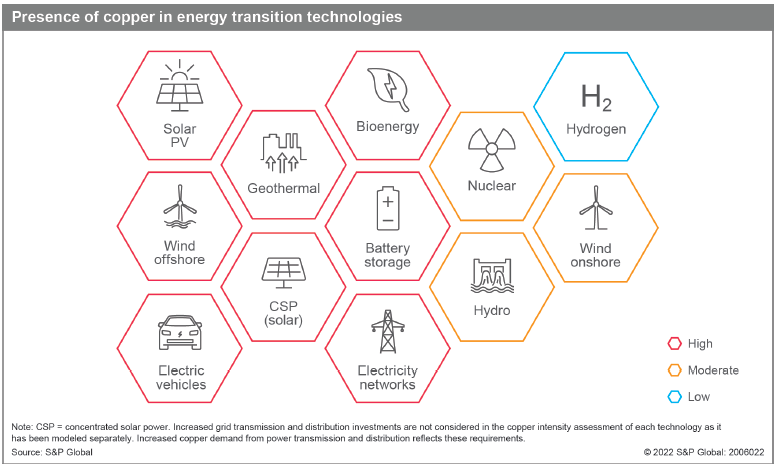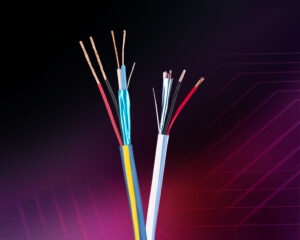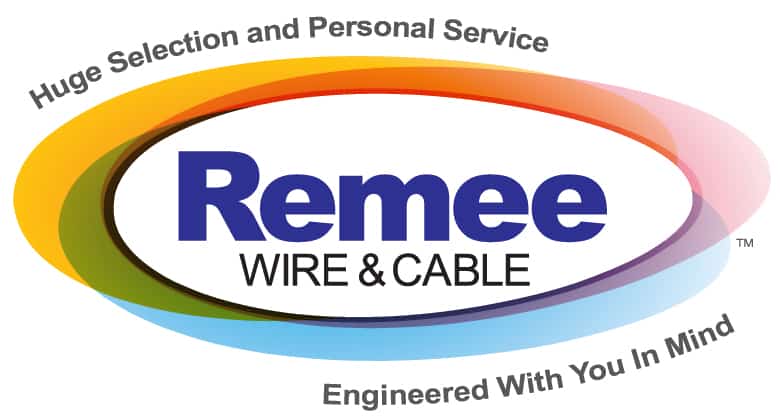Copper, an unassuming metal found abundantly in the Earth’s crust, serves as the backbone of modern connectivity. Its remarkable conductivity, durability, and malleability have propelled it to the forefront of various industries, none more prominent than the realm of cabling. In this article, we delve into the intricate role copper plays in the design, construction, and performance of cables, elucidating its indispensable status in our increasingly interconnected world.
The History of Copper in Cabling
The use of copper in cabling traces back to the late 19th century when telecommunication pioneers recognized its superior conductivity compared to other metals. Initially employed in telegraphy, copper quickly became the standard material for transmitting electrical signals due to its low resistance and reliability. As technologies advanced, so did the applications of copper cabling, encompassing telephone lines, electrical wiring, and the vast network of data cables that underpin the internet age.
Properties of Copper
Central to copper’s efficacy in cabling are its exceptional properties. Copper boasts high electrical conductivity, allowing signals to propagate with minimal loss over long distances. Its ductility enables the fabrication of fine wires, facilitating intricate cable designs while maintaining signal integrity. Moreover, copper’s resistance to corrosion ensures longevity, making it an ideal choice for both indoor and outdoor installations.
Types of Copper Cables
Copper cables come in various forms, tailored to specific applications and environments. Twisted pair cables, comprising insulated copper wires twisted together in shielded or unshielded versions, are ubiquitous in telecommunications and networking. Coaxial cables, featuring a central copper conductor surrounded by insulating layers and a shielding braid, excel in high-frequency transmission, serving in television, internet, and satellite communications. Fiber optic cables, although primarily glass-based, often incorporate copper elements in their construction for electrical connectivity at terminations and signal amplification points.
Advantages of Copper Cabling
The widespread adoption of copper cabling stems from its multitude of advantages. Firstly, copper is cost-effective, offering an optimal balance between performance and affordability. Secondly, copper cables are easy to install and terminate, minimizing deployment complexities and reducing labor costs. Additionally, copper’s compatibility with existing infrastructure facilitates seamless upgrades and expansions, ensuring scalability in rapidly evolving environments.
Challenges and Innovations
While copper cabling remains indispensable, it faces challenges in meeting the escalating demands of modern data transmission. The quest for higher data rates and bandwidth necessitates innovations in copper cable design and manufacturing for LAN and Premise Cables. Advancements such as Category 8 cabling, capable of supporting 25G and 40G Ethernet, showcase the ongoing evolution of copper-based solutions. Furthermore, research into novel materials and fabrication techniques aims to enhance the performance and sustainability of copper cables, addressing concerns regarding energy consumption and environmental impact.
The Demand for Copper

These innovations are expected to continue driving up copper demand, along with related price increases. Copper demand is expected to nearly double between 2021 and 2035. The amount of copper required between 2022 and 2050 (a span of 28 years) is more than all the copper consumed in the world between 1900 and 2021 (a span of 121 years).
While primary production—which is driven by both mined output and capacity utilization—will grow at a compound annual growth rate of 4.2% between 2021 and 2035, mined capacity alone will only grow at a rate of 2.9% during the same period. Thus, the higher growth rate is made possible by increasing production from existing mines—that is, higher capacity utilization.
Today, the demand for copper is relatively stable, but overcapacity and continued expansion in China’s smelting industry have led to a steep fall in their copper treatment charges.
Dr. Copper
The term Doctor Copper is market lingo for this base metal that is reputed to have a “Ph.D. in economics” because of its ability to predict turning points in the global economy. Because of copper’s widespread applications in most sectors of the economy—from homes and factories to electronics and power generation and transmission—demand for copper is often viewed as a reliable leading indicator of economic health. This demand is reflected in the market price of copper3.
However, Doctor Copper is not infallible and should not be relied upon as the only indicator of economic health. For example, a temporary shortage of copper may lead to rising prices even as the global economy is slowing down; conversely, a copper glut may cause lower prices despite robust economic growth. Other factors that can artificially influence the price of copper are things such as trade tariffs. In 2018, the United States introduced 25% tariffs on steel imports and 10% tariffs on aluminum imports. While these tariffs have not yet extended to copper, doing so can artificially influence the price of copper. This tax levy would make copper a less reliable indicator of global economic health3.
Decarbonization Goals & Copper
The S&P Global Scenario, along with the EIA’s Net Zero model, presents a credible path for transforming the global economy and energy systems to a net-zero emissions reality by 2050. The United States has announced decarbonization goals that would drive copper demand up in the United States. The technologies that will enable this include renewables and battery electric vehicles (BEVs), both having high copper intensity, which will ramp up copper demand by 20351.
Copper is unrivaled as an efficient electrical and thermal conductor, and as such will be one of the most important minerals for energy transition (only silver is better as a conductor, but its costs preclude it from a role in electrification). As shown in the figure below, copper content is particularly high in several key technologies required for decarbonization, such as solar PV, wind, batteries, and EVs. As a result, cables for renewable energy will have increased demand, including solar panel cable, PV wire, MV cables, DC feeders and wind turbine energy cables. Moreover, the more traditional applications relying heavily on copper such as electricity networks (both for power transmission and distribution) will also see an expansion in the coming decades1. Recent developments with the NEC code now allow for Class 4 fault-managed power cables, enabling data and power to run at extended distances over PoE and Category cables.

There’s Copper…And Then There’s Copper
In the copper cabling industry, many offshore sources have been known to cut corners in the production of cable. These cost-cutting measures include the use of thinner AWG conductors, which lowers electrical performance, and/or the use of copper-covered aluminum conductors instead of solid copper. Cable manufactured with these deficiencies do not meet U.S. standards for construction and safety, not to mention performance. Caveat emptor is the operable advice when looking at sourcing copper cable.
Remee Wire & Cable & Copper Integrity
As a leading cable manufacturer in the U.S., Remee maintains a strong supply position to support its production of copper cable. Remee draws and strands its own copper. In addition, Remee uses only solid copper…no alloys. You can count on Remee for integrity in their manufacture of copper cable. No cutting corners and cheapening the product. No loss of performance. See Remee’s complete offering of custom cables and standard cable products.

Conclusion
In an era defined by connectivity, copper stands as an enduring symbol of progress and innovation. From its humble beginnings in telegraphy to its pervasive presence in contemporary telecommunications and networking, copper remains irreplaceable in the realm of cabling. As we continue to push the boundaries of technological possibility, the versatility and reliability of copper ensure its enduring relevance as the backbone of modern connectivity.
Hedge the projected future demand and the related price increases by building up your cable inventory today. Remee stands ready to provision wire and cable for many end use industries.
Sources:
1. The Future of Copper – Full Report, July 14, 2022, S&P Global
- “Oil Rises Amid Improved Sentiment; Copper TCs Plunge to Decade Lows,” Ewa Manthey, ING Economic and Financial Analysis, February 27, 2024.
- “Doctor Copper: Definition, Theory, Use as an Indicator,” James Chen, Investopedia, September 30, 2022. (Link: https://www.investopedia.com/terms/d/doctor-copper.asp#The%20Limitations%20of%20Doctor%20Copper)
